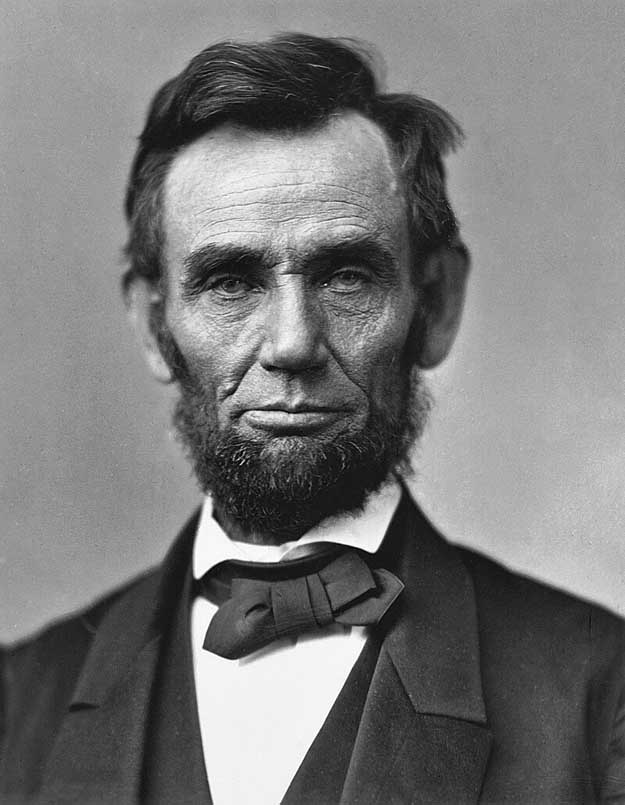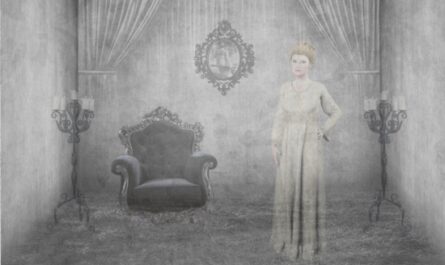
Ghosts have whispered through human history for millennia, weaving themselves into folklore, royal scandals, and everyday chills. From ancient misty apparitions to White House wanderers, these spectral stories aren’t just campfire fodder, they’re tied to real events, figures, and places that shaped our world.
If you’re searching for “ghost history facts,” you’ve come to the right crypt. Dive into five verified hauntings rooted in documented history, blending eerie encounters with the people and eras that birthed them.
Whether you’re a skeptic or a believer, these tales prove the past refuses to stay buried.
Ancient Ghosts: Breath of the Dead in the Mist
One of the oldest “ghost history facts” traces back to ancient civilizations, where the image of a white, cloudy mist became the blueprint for spectral visions.
Historians believe early peoples equated this ethereal fog with the souls of the departed because it mimicked a person’s breath on a cold night—a fleeting reminder of life slipping away.
In Mesopotamian and Egyptian lore, ghosts were restless spirits denied proper burial rites, wandering to haunt the living. This misty archetype influenced everything from Roman lemures (vengeful dead) to medieval European wraiths, showing how our primal fear of the unseen has echoed through 5,000 years of human storytelling.
Next time fog rolls in, remember: it might carry an ancient echo.
Drummer of Tedworth: Britain’s First Poltergeist Sensation
Fast-forward to 1661, and England delivers one of the earliest documented poltergeist cases—the Drummer of Tedworth.
Quaker magistrate John Mompesson seized a drum from a vagrant performer accused of witchcraft, only for the instrument to unleash chaos at his Wiltshire home.
The “ghost” started fires in crops, hurled stones, shook the farmhouse, and even shouted accusations of infidelity at Mompesson, following him relentlessly until locals shunned the family.
Eyewitness accounts, including from clergymen, filled 17th-century pamphlets, marking it as a pivotal ghost history fact in paranormal lore. Was it supernatural fury or a clever hoax?
This noisy spirit turned a simple seizure into a national obsession, proving early modern Europe was as spooked by the unseen as we are today.
Anne Boleyn’s Screaming Specter: Tudor Terror at the Tower
No list of ghost history facts is complete without Anne Boleyn, Henry VIII’s ill-fated second wife, whose headless ghost has terrified Tower of London guards for centuries.
Beheaded in 1536 on trumped-up adultery charges, her spirit, often seen carrying her severed head under her arm, has appeared at the execution site, her childhood home Hever Castle, and even Hampton Court Palace.
Sightings date back to the 16th century, with Victorian-era reports describing her mournful wails echoing through the halls where she begged for mercy.
This isn’t folklore fluff; it’s tied to Boleyn’s real tragic end amid Henry’s bloody quest for a male heir. Her restless wanderings symbolize the Tudor court’s ruthless intrigue, a chilling reminder that power plays can summon eternal unrest.
Abraham Lincoln’s White House Wraith: President’s Eternal Vigil
America’s ghost annals kick off with Abraham Lincoln, whose spectral form has been spotted in the White House more times than you can count.
Assassinated in 1865, “Abe’s ghost” first appeared to First Lady Mary Todd Lincoln in the Green Room, grieving her son Willie’s death.
Later presidents and guests piled on: Queen Wilhelmina of the Netherlands fainted in 1942 after a knock revealed a tall, bearded figure in the Lincoln Bedroom; Winston Churchill reportedly quipped, “I hope you will not mind my using your room, Mr. President,” after a midnight soak.
Even staffer Jeremiah “Jerry” Smith claimed sightings of Lincoln alongside Grant and McKinley during his 35-year tenure.
These accounts, documented in White House logs and letters, paint Lincoln as a watchful sentinel over the executive mansion he preserved through civil war, a poignant ghost history fact blending national trauma with personal loss.
The Enigmatic “Thing”: Taft’s Teenage White House Haunt
For a lesser-known gem in ghost history facts, meet the “Thing”—an unidentified 15-year-old boy who spooked President William Howard Taft’s staff in 1911.
Described by military aide Major Archibald Butt as a “young boy about fourteen or fifteen years old who just stands in the door and makes faces,” this impish apparition terrified maids and butlers with its grotesque grimaces.
No historical figure matches the description, leaving theories from a lost page boy to a Civil War casualty. Butt’s letters to his sister detail the household panic, cementing the Thing as a quirky footnote in presidential hauntings.
In a house full of founding fathers’ shades, this faceless teen reminds us: even ghosts can crash the party with a prankster’s grin.
Why Ghost History Facts Still Captivate Us Today
These ghost history facts aren’t mere tall tales, they’re windows into our ancestors’ fears, faiths, and fatal flaws. From ancient mists symbolizing the soul’s sigh to Lincoln’s vigilant shade guarding democracy, ghosts humanize the past, making kings and presidents as vulnerable as the rest of us.
In an era of ghost-hunting apps and viral EVPs, these stories endure because they tap our timeless dread of unfinished business. Whether you’re touring the Tower of London or pondering a foggy dawn, remember: history doesn’t just repeat—it might just reappear.
Got a favorite ghost from the annals? Share in the comments! Let’s keep the spectral conversation going!

